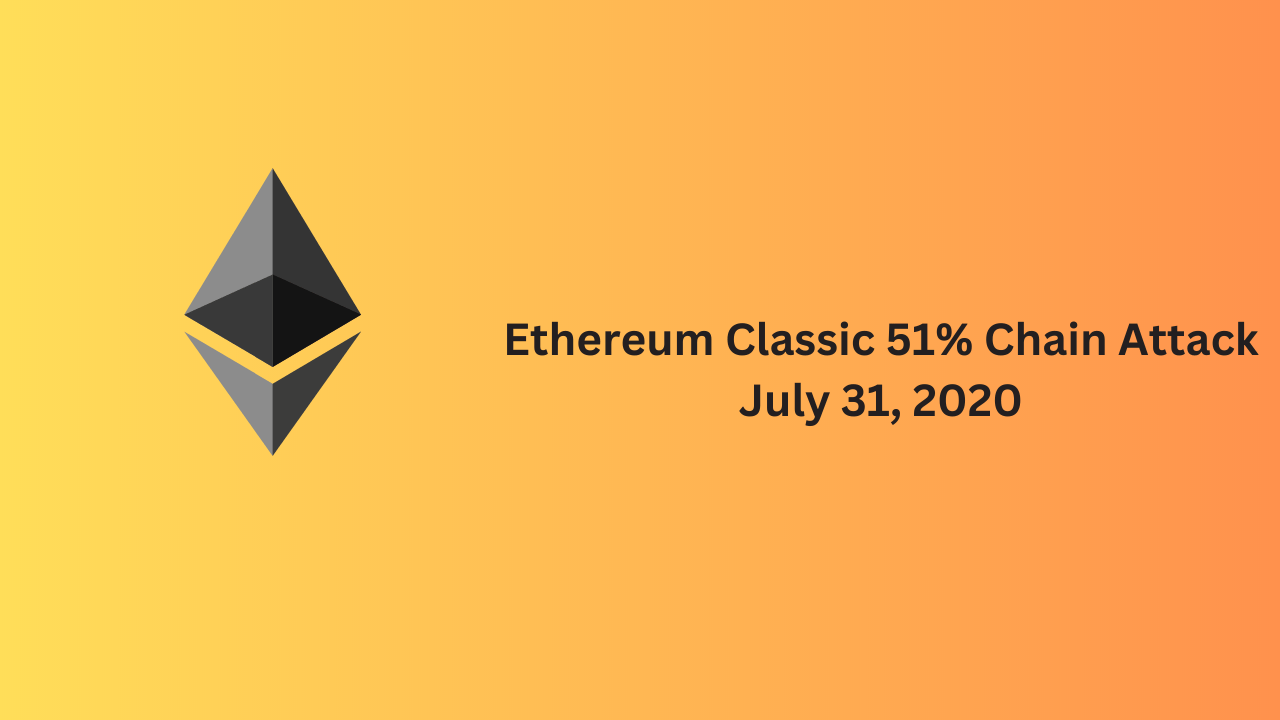Understanding Ethereum and its Role in Cryptocurrency

Introduction to Ethereum
Ethereum is one of the most influential blockchain platforms, fundamentally altering the landscape of the cryptocurrency market since its launch in 2015 by Vitalik Buterin. As the second-largest cryptocurrency by market capitalisation, it provides a decentralised platform that supports smart contracts and decentralised applications (DApps). Understanding Ethereum is essential for both investors and enthusiasts, as it continues to shape the future of digital currencies.
What is Ethereum?
Ethereum distinguishes itself from Bitcoin by not only serving as a digital currency (Ether, or ETH) but also allowing developers to create and deploy smart contracts. Smart contracts are self-executing contracts with the terms of the agreement directly written into code, eliminating the need for intermediaries. This innovation has paved the way for a myriad of applications ranging from finance (DeFi) to gaming and supply chain management.
Recent Developments in Ethereum
Recently, Ethereum has undergone significant updates, particularly the transition to Ethereum 2.0, also known as Eth2 or Serenity. This upgrade aims to improve the scalability, security, and sustainability of the network. A key feature of Ethereum 2.0 is its shift from a proof-of-work (PoW) consensus mechanism to a proof-of-stake (PoS) model, reducing energy consumption dramatically and enhancing transaction speeds.
As of October 2023, Ethereum 2.0 is fully operational, and the trends indicate a growing adoption rate. Analysts note that the staking mechanism is incentivising more users to hold their ETH, leading to reduced supply in circulation and potentially supporting a price increase over time. Additionally, the recent introduction of layer-2 scaling solutions, such as Optimistic and ZK Rollups, has further bolstered Ethereum’s transaction capacity.
Market Trends and Future Outlook
Despite the volatility in the cryptocurrency markets, Ethereum has shown resilience and adaptability. The continuous introduction of DeFi projects and the explosive growth of non-fungible tokens (NFTs) have attracted considerable investment and interest in Ethereum’s ecosystem. Market analysts predict that as more industries adopt blockchain solutions, Ethereum’s relevance will only increase.
Conclusion
In summary, Ethereum’s unique capabilities and ongoing developments play a crucial role in shaping the future of the cryptocurrency landscape. Its adoption rate is expected to continue growing, with increasing interest from both individual and institutional investors. For those involved in or observing the cryptocurrency market, understanding Ethereum and its qualities will be instrumental to navigating the evolving digital finance space.
